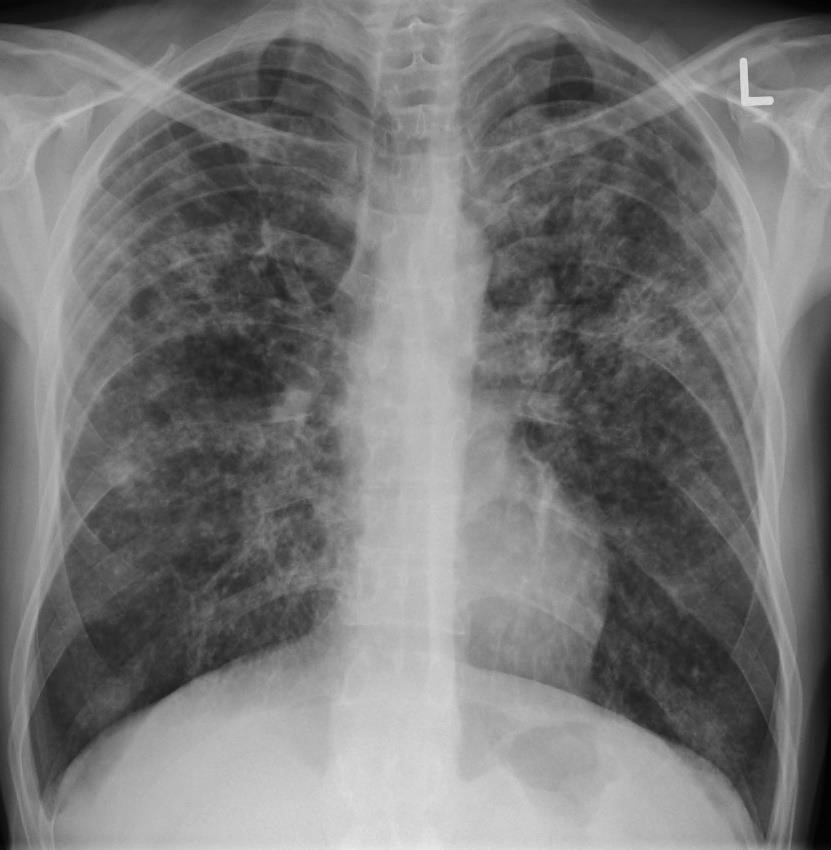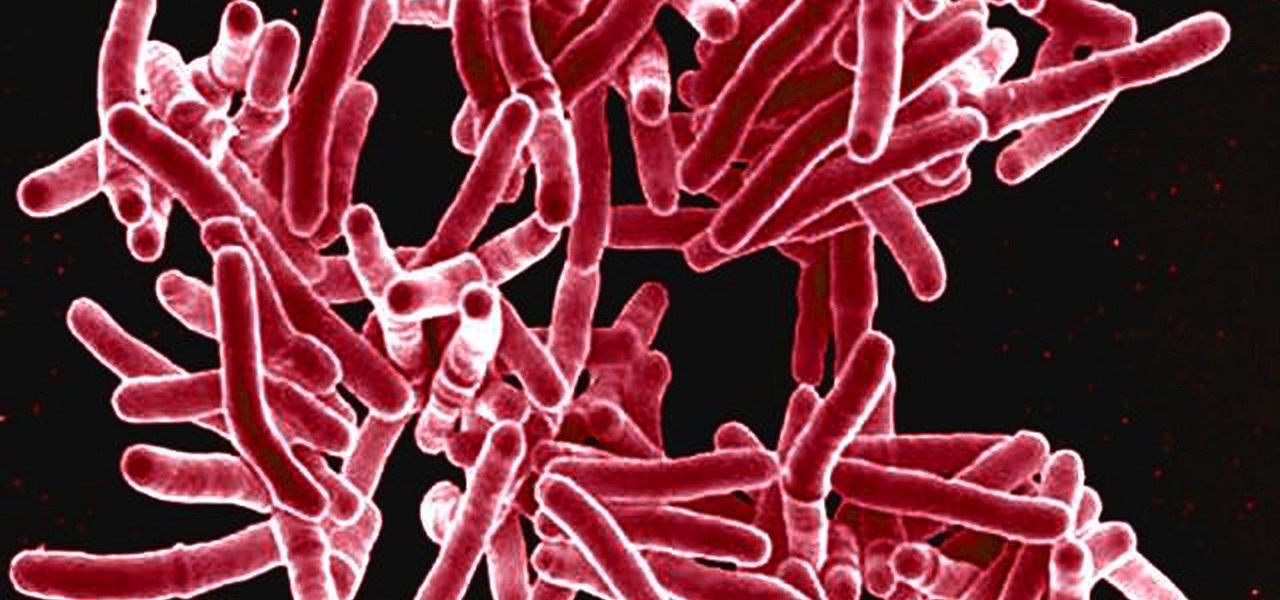A promising new antibiotic has been discovered in, of all things, another bacteria. Burkholderia bacteria live in diverse habitats, including soil, plants, and humans where they thrive by knocking out other microbes that compete with them for resources or threaten their existence. Scientists have discovered they accomplish this by producing a very effective antibiotic.
A research team from the UK found that Burkholderia gladioli — normally a microbe that causes diseases in plants — in the lungs of a child with cystic fibrosis. The bacteria is unique; it produces an antibiotic called gladiolin. When they tested it, the antibiotic stopped the growth of four drug-resistant strains of tuberculosis in the lab.
The discovery is described in a research study by lead authors Professors Gregory L. Challis from the University of Warwick and Eshwar Mahenthiralingam from Cardiff University published June 14 in the Journal of the American Chemical Society.
A Tale of Two Lung Diseases
Cystic fibrosis is a disease of the glands that make mucus and sweat. Mucus lubricates the linings of some organs, like the pancreas, liver, intestines, sinuses, and sex organs. In the lungs, mucus keeps the airways moist and prevents them from drying out or getting infected. But, in the 30,000 people in the US with cystic fibrosis, the disease leaves their lungs with thick, sticky mucus that clogs the airways and traps bacteria leading to infections and life-threatening lung damage.
To be born with cystic fibrosis, a person has to inherit two defective genes, one from each parent. Treatment that helps keep the mucus moving — usually involving physical chest vibrations — inhaled medications, and pancreatic enzymes to assist in digestion is part of daily life for people with cystic fibrosis. Thanks to more effective treatments, life expectancy is now around 40 years, a doubling from the projected lifespan of cystic fibrosis patients in the 1980s. But, cystic fibrosis patients fight a constant battle against lung infections, often caused by opportunistic bacteria like Burkholderia gladioli, which only infect humans with chronic diseases or impaired ability to fight off infection.
Another disease that hits people with a diminished ability to fight back is tuberculosis. Mycobacterium tuberculosis causes tuberculosis, a lung disease spread by coughs or sneezes of infected people. It's notoriously hard to treat. Patients must be treated with antibiotics for at least six months and sometimes be isolated to prevent spreading the disease. If patients don't follow their treatment schedule, the bacteria has an opportunity to develop resistance to the antibiotic being used to treat it. Multi-drug antibiotic resistance developing in Mycobacterium tuberculosis has earned it a place on the Centers for Disease Control list of serious global health threats.

Ironically, tuberculosis is one infection that doesn't show up more often in cystic fibrosis patients but shows up less often. The tuberculosis bacteria use an enzyme to incorporate sulfate into its cell walls, and that enzyme is defective in people with cystic fibrosis, so the bacteria have a hard time living in those patients.
While the defective enzyme may still be a reason people with cystic fibrosis have a reduced risk for developing tuberculosis, the new research study describing an antibiotic produced by Burkholderia bacteria infecting a cystic fibrosis patient opens up another intriguing possibility.
Causing One Infection, Treating Another
The search for new and more effective antibiotics led Challis and Mahenthiralingam and their team to investigate how Burkholderia gladioli eliminates other bacteria from its environment. They found a compound they called gladiolin that was more chemically stable, and therefore a better drug candidate than etnangien, a previously identified antibiotic produced by the bacteria.
Gladiolin showed only slight toxicity toward animal cells and inhibited several strains of tuberculosis bacteria isolated from human infections, including four that were resistant to isoniazid and one that was resistant to both isoniazid and rifampicin, drugs typically used to treat tuberculosis.
Whether gladiolin contributes to the uncanny resistance cystic fibrosis patients have to tuberculosis remains to be investigated. But, the discovery of gladiolin has potential to give us a new antibiotic to treat the serious global threat of multi-drug resistant tuberculosis.
Just updated your iPhone? You'll find new emoji, enhanced security, podcast transcripts, Apple Cash virtual numbers, and other useful features. There are even new additions hidden within Safari. Find out what's new and changed on your iPhone with the iOS 17.4 update.


























Be the First to Comment
Share Your Thoughts